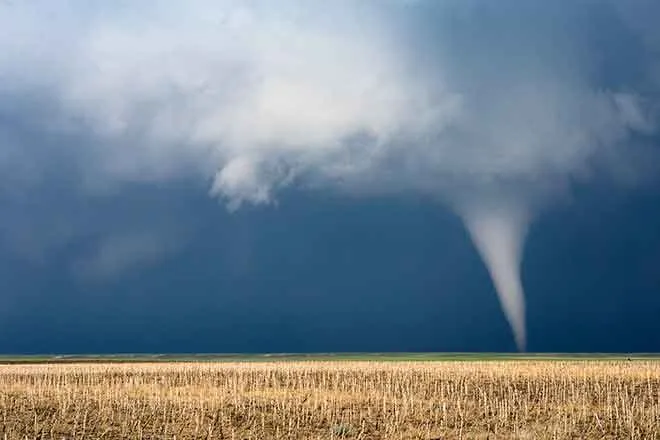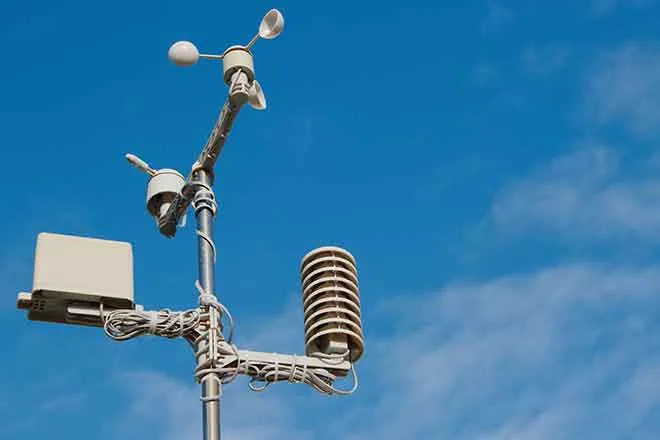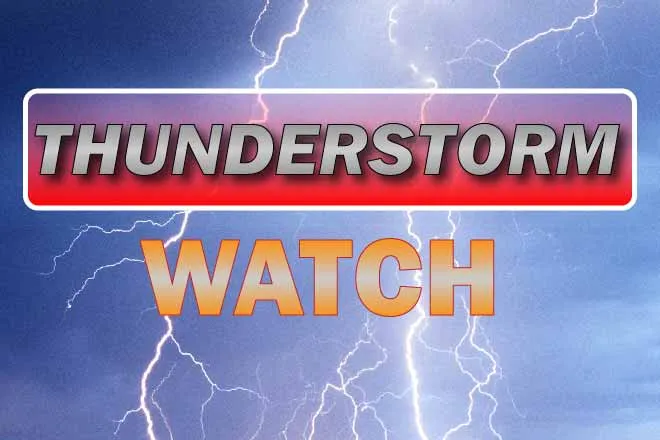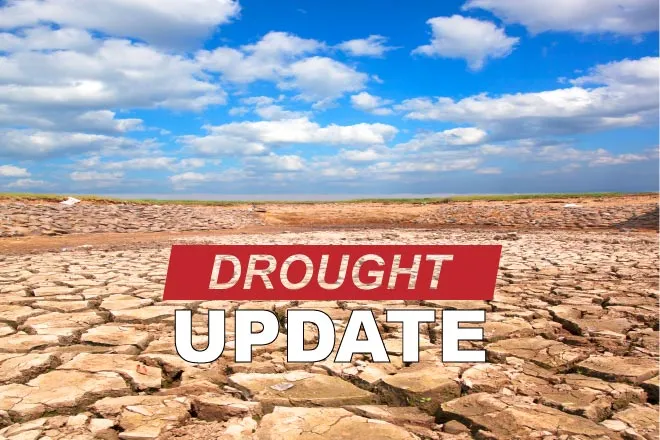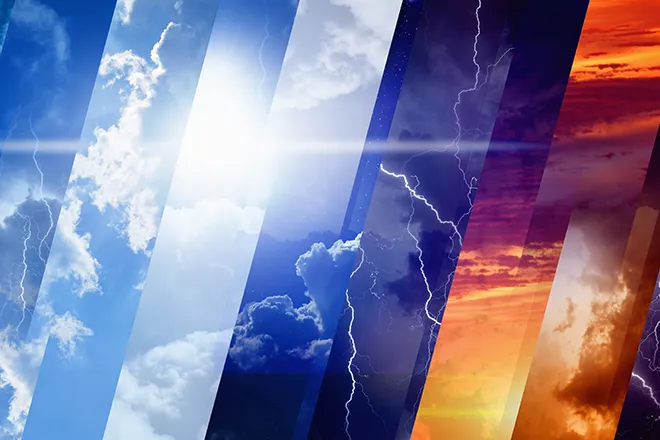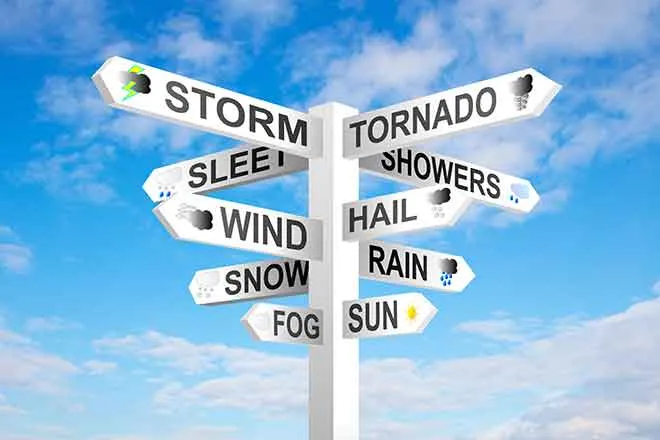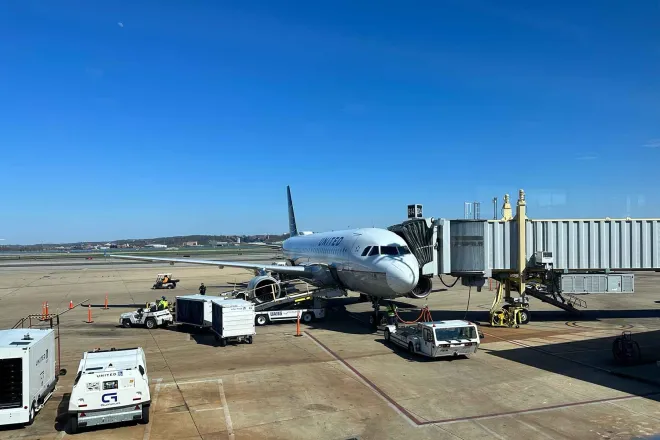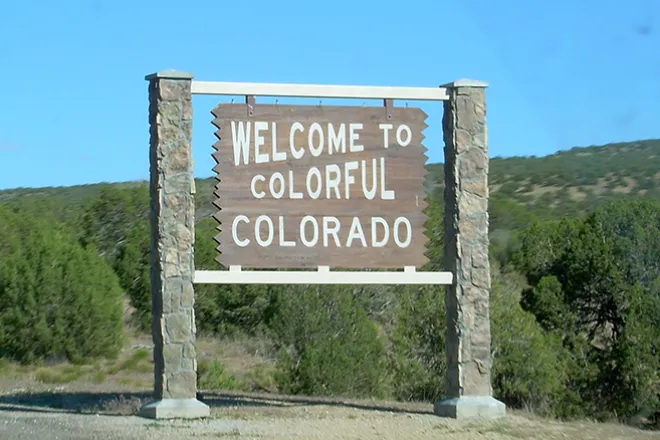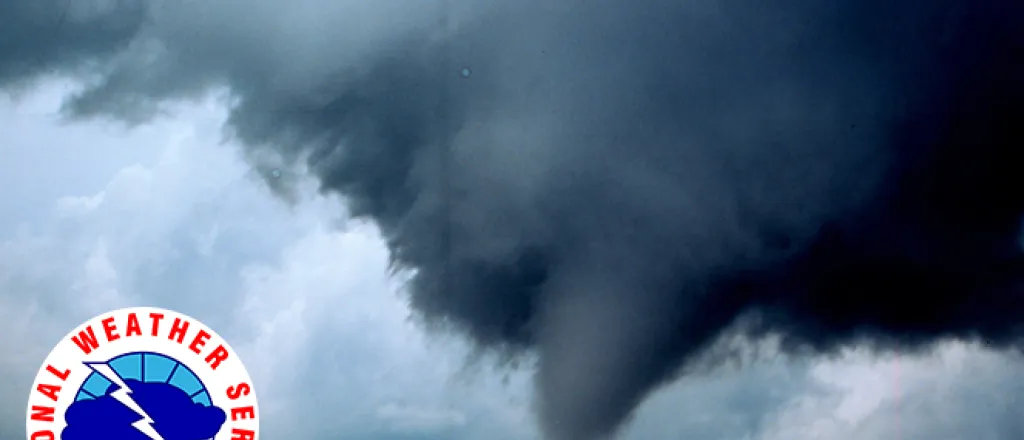
Colorado Lightning Safety Awareness Week June 19-25
“When Thunder Roars, Go Indoors!”
Given that a half million lightning flashes strike the ground in Colorado each year, and that more people are killed and injured by lightning than any other weather hazard, Governor John Hickenlooper has declared the week of June 19 through June 25 as Colorado Lightning Safety Awareness Week.
Lightning in Colorado is most common in the summer months, but can be a hazard throughout the year. And although nearly all lightning victims are struck outdoors, lightning can pose a threat to those indoors as well.
All thunderstorms produce potentially deadly and destructive lightning. Knowing lightning is in the forecast and being prepared to react to the first sound of thunder are the initial key safety steps.
If you are outdoors and see darkening skies or hear thunder, immediately seek safe shelter. A safe shelter is a well-constructed building, such as a home, store, church or school. An enclosed automobile is also an excellent safe shelter. Do not seek shelter in “open” buildings, such as a picnic shelters, baseball dugouts, patios, porches, tents, barns or garages. These structures are not safe during lightning activity.
Don’t wait for rain to start falling to seek safe shelter — by then it could be too late. Lightning causalities frequently occur either before the rain begins or soon after the rain ends. Wait at least 30 minutes after the last rumble of thunder before returning outside.
Once indoors during a thunderstorm, try not to use corded appliances and electronics, such as computers and phones, as well as plumbing. Electrical wiring and pipes can provide a path for lightning to enter an enclosed structure.
If you are caught outside during a thunderstorm and there is no safe shelter nearby, there is little you can do to substantially reduce your risk from being struck by lightning. A few things you can do to slightly reduce your risk include:
- Do not seek shelter under trees
- Stay away from tall isolated objects.
- Avoid open fields
Lightning is a powerful force of nature. It is important to realize there are no guaranteed safe shelters — rather only ways to reduce your chances of becoming a victim.
Last year in the United States, lightning was reported to have killed 27 people. On average, over the past ten years (2006-2015 inclusive), lightning was responsible for 31 fatalities annually. Additionally, scores of people are injured by lightning. “Lightning survivors are often left with debilitating health effects, such as permanent nerve damage or brain injury,” says Dr. Mary Ann Cooper, Professor at the University of Illinois’s department of emergency medicine.
To stress the importance of lightning safety for people of all ages, the Lightning Safety Alliance created a cartoon character, Leon the Lightning Lion, who promotes the slogan “When thunder roars, go indoors!” ,
http://www.lightningsafetyalliance.com/
This organization is one of several NOAA partners providing public information about lightning safety. Leon is featured in a new children’s coloring page that can be printed from NOAA’s lightning safety Web site:
http://www.lightningsafety.noaa.gov
The above website is the centerpiece of National Lightning Safety Awareness Week, and offers
“one-stop shopping” for lightning safety, including medical information on the treatment of lightning strike victims, and statistics and interesting facts about lightning. Visitors can download video presentations on everything from the causes of lightning to the medical consequences of being a lightning-strike victim. Survivor stories and public service announcements (PSAs) are also available.
More lightning information specifically for the State of Colorado is available at the Colorado Lightning Resource Page,
http://www.weather.gov/pub/lightning
The National Weather Service is the primary source of weather data, forecasts and warnings for the United States and its territories, helping to protect lives and property and enhancing the national economy. The website for The National Weather Service is,



